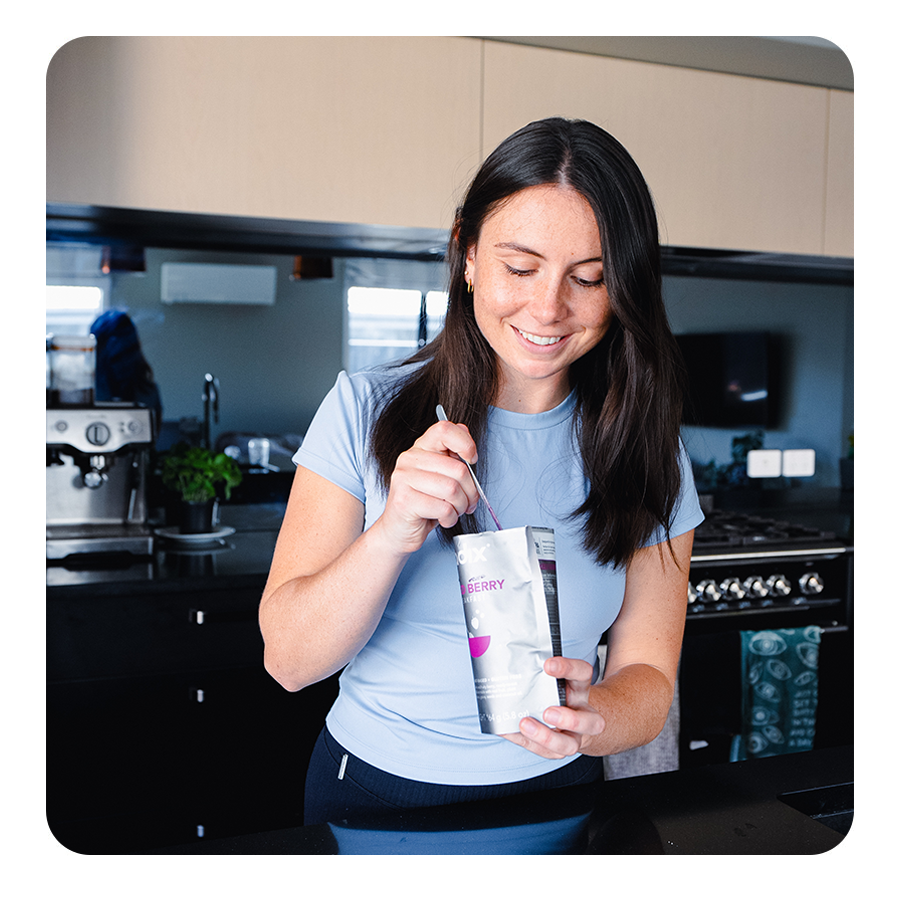Due to a complex interaction of geological and environmental factors, periods of micronutrient deficiency were likely common throughout human evolution. It makes sense that the body would have mechanisms in place to maintain short term survival during such periods, even if it were deleterious to healthy ageing [1]. Throughout history, natural selection has been known to favour short-term survival over long term health if the two are in conflict. Selection for reproductive success early in life may involve trade-offs that shorten lifespan [2]. These mechanisms are witnessed across many species and seem consistent throughout nature.
The body places a higher priority on immediate function and survival than it does on longevity and health. In the case of micronutrient deficiency, this short term survival was likely achieved by allocating scarce micronutrients to enzymes in order of importance, whilst those involved in long-term health would lose out. In this case, a micronutrient deficiency could accelerate cancer, ageing, and neural decay but would leave critical metabolic functions such as energy production intact [1].
Similar mechanisms are not uncommon in the body. For example, when oxygen delivery to the tissues is inadequate, vital organ function is maintained by mechanisms that distribute blood flow primarily to the brain, heart, and adrenal glands. Non-vital organs will receive less blood flow, as they are not as essential to the immediate survival of the body [3]. Similarly, when the body experiences micronutrient deficiencies, organs such as the liver can lose out on the allocation of micronutrients first, before other more essential organs.
Triage theory proposes that during micronutrient deficiency, a rationing mechanism allocates vitamins and minerals to enzymes critical for immediate survival and reproduction. Proteins involved in protecting from future damage (such as DNA repair mechanisms) will be sacrificed in the order of priority. This could accelerate ageing and increase the risk of disease [4].
With this in mind, Dr Bruce Ames suggests categorising certain enzymes as survival proteins and longevity proteins. The dietary compounds needed for the function of longevity proteins are called longevity vitamins. The shortage of these vitamins could result in damage that, although not immediately apparent, may accumulate over time [4]. Confirmation of similar nutritional concepts has been witnessed before, such as foetal malnutrition having a high association with coronary artery disease in adulthood [5].
It is also worth noting that some nutritional compounds exhibit beneficial effects on metabolism and overall health, despite not being essential for survival. The importance of such compounds may not be adequately emphasised, as the consequences of their absence are not immediately apparent nor fully understood [1]. These include the likes of antioxidants, which, although not critical for our survival, help reduce the harm caused by oxidated stress and free radicals from the body.
Dr Bruce Ames references 41 different micronutrients with important functions in our overall health. He emphasises the importance of fulfilling your body’s requirement for them to achieve optimal health and longevity, minimising the long-term effects of nutrient deficiency. This includes vitamins, minerals, conditional vitamins, and putative longevity vitamins [4].






